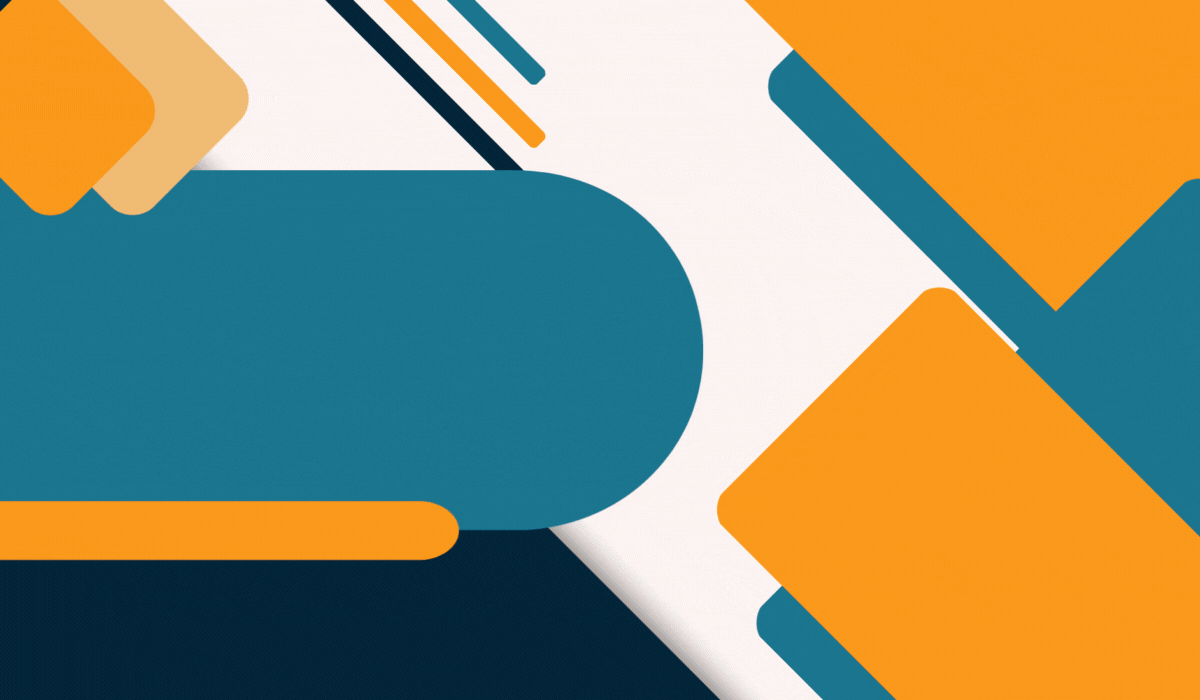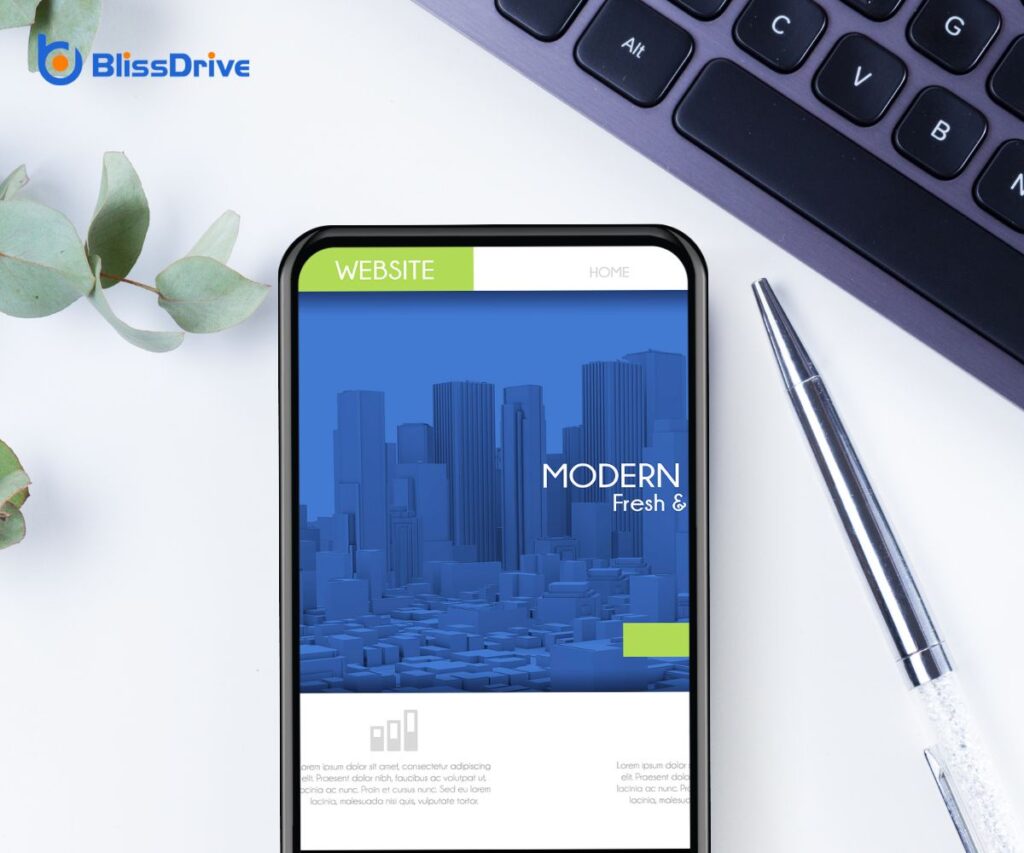A website is the first point of contact between a business and potential customers.
A well-designed website can drive conversions. But, overlooked elements, known as "conversionThe completion of a desired action by a referred user, such as making a purchase or filling out a fo... killers," can undermine its effectiveness.
These issues drive away potential customers, reduce engagementThe interactions that users have with a brand’s content on social media., and impact your bottom line.
Some of the common conversion killers include:
- Poor navigation
- Slow load times
- Cluttered layout
- Ineffective call-to-action
- Non-responsive design
- Poor use of color and contrast
- Hidden fees and pricing
- Lack of trust signalsElements that build trust with visitors, such as security badges, testimonials, and privacy policies...
In the following sections, we will explore each of these conversion killers in detail. Addressing these issues can help you create a seamless conversion pathThe series of actions a user takes to complete a conversion, from entry to completion..
Poor Navigation
Navigation is the roadmap of a website. When it's complex or unintuitive, users can have difficulty finding what they need.
This can leadA potential customer referred by an affiliate who has shown interest in the product or service but h... to user confusion and dissatisfaction.
Make sure your navigation is intuitive, straightforward, and consistent. It should guide users from one page to another so they can complete a conversion action, like signing up.
Tips for Designing Navigation
- Use clear, descriptive labels for all links and buttons.
- Ensure the navigation structure remains the same across all pages.
- Place important links in prominent positions, such as the header or above the fold.
- Stick to standard navigation layouts so visitors can find them with ease. This includes horizontal menus at the top or vertical menus on the left side.
- Test the navigation with real users to identify and fix any issues affecting usability.
Slow Load Times
Statistics show that a one-second delay in website load time can reduce conversions by 7%. Moreover, a two-second delay doubles the bounce rateThe percentage of visitors who leave a website after viewing only one page..
This number indicates the impact of page loading speed on user retention and sales.
If your webpage loads fast, you can engage the visitors and reduce the chance of them bouncing off your site. A speedy website also enhances user satisfaction and increases the probability of conversions.
Tips for Reducing Load Times
- Compress images without losing quality to reduce their load time.
- Reduce the elements on your page to decrease the number of HTTP requests required to load the page.
- Use a Content Delivery Network (CDN)A system of distributed servers that deliver content to users based on their geographic location.. The CDN distributes the load, saving bandwidth and speeding up access for all users.
- Store elements of your site in users' browsers so that they do not have to reload on each visit.
- Strip out unnecessary spaces, comments, and characters from your CSS and JavaScript files.
- Ensure your hosting can handle your website’s needs, especially during peak traffic.
Cluttered Layout
A cluttered layout overwhelms users with too much information. It makes it difficult for them to locate what they need or decide what action to take.
This leads to choice paralysis, where users become overwhelmed to make any decision.
Tips for Avoiding a Cluttered Layout
- Use white space to frame and highlight key areas of your site. This will improve readability and enhance the visitor's focus.
- Arrange content by importance. Place key messages and calls to action in a prominent place to ensure they capture attention.
- Reduce the number of colors, fonts, and animations. Stick to a consistent theme that supports clarity and brand identityThe visible elements of a brand, such as color, design, and logo, that identify and distinguish the ....
- OfferThe specific product or service being promoted by affiliates. fewer menu options and streamline form fields to ease the decision-making process.
- Structure content in grids or in distinct sections to guide users through your site.
Ineffective Call-to-Action (CTA)
An unclear or unnoticed CTA can lead to confusion about the next steps. Users may not act if the CTA does not communicate its purpose or capture their interest.
This results in loss opportunities for conversions.
Tips for Crafting Effective CTAs
- Use verbs that inspire action, such as "Buy Now," "Register Today," or "Get Started."
- Use colors that contrast with the rest of the page to make the CTA button or link prominent. For example, a red color CTA will boost conversion by 21%.
- The message should be straightforward and concise to avoid any ambiguity.
- To encourage immediate action, add urgency or scarcity, like "Limited Offer" or "Only a Few Left."
Non-Responsive Design
A non-responsive website design fails to adjust to different screen sizes and devices.
Mobile users face difficulties interacting with a site that is not responsive. This leads to increased frustration, higher bounce rates, and lower conversions.
Tips for Creating a Responsive DesignA web design approach that makes web pages render well on a variety of devices and window or screen ...:
- Use fluid grids to ensure that the layout resizes in relation to each other depending on the screen size.
- Use CSS to make images and media elements scale to fit different screen resolutions.
- Apply media queries in your CSS to alter styles based on screen size, resolution, and orientation.
- Design with a mobile-first approach. Consider the limitations and capabilities of smaller devices from the start.
- A minimalist design helps reduce load times and improves functionality across different devices.
Poor Use of Color and Contrast
Poor choices in color and contrast can lead to visual confusion. This makes content difficult to read. It also obscures important navigational elements and calls to action.
Tips for Effective Use of Color and Contrast
- Use high-contrast color combinations for text and its background to ensure legibility. This is especially helpful for users with visual impairments.
- Stick to a limited color palette that reflects your brand and is harmonious.
- Use color to draw attention to key elements like CTAs and important links. Ensure these are distinguishable from less critical content.
- Use tools to test color combinations for accessibility issues. This allows all users, regardless of visual ability, to navigate and understand your site.
- Use color to create a hierarchy of information. This guides the user's eye to the most important information or action areas first.
- Keep color consistent across the website for user navigation and brand recognitionThe ability of consumers to identify a brand by its attributes, such as logo, color, or packaging..
Hidden Fees and Pricing
Hidden fees and unclear pricing structures discourage the users at the checkout page.
It can frustrate them when they see unexpected costs at checkout. This often results in cart abandonment and can damage the brand's reputation. It also discourages repeat business and can tarnish a company's customer relations.
Tips for Transparent Pricing
- List the costs upfront, early in the checkout process, or even on the product page. This should also include shipping, taxes, and any associated fees.
- Avoid complex pricing models that can confuse customers. Keep pricing straightforward and easy to understand.
- Ensure that customers understand what they are getting for their payment. Emphasize the value and benefits of your products or services.
- If possible, provide price guarantees to reassure customers they get the best value.
Lack of Trust Signals
Trust signals help build confidence between a website and its users. Without adequate trust signals, users may question the website's legitimacy and security.
This skepticism can lead to decreased user engagementThe level of interaction and involvement users have with social media content. and lower conversion rates. It can also harm the brand's reputation.
Tips for Incorporating Trust Signals
- Use security badges from recognized authorities (like SSL certificates). This reassures users that their data is secure during transactions.
- Include testimonials and reviews from satisfied customers. These highlight the value and readability of your products or services.
- Display memberships or endorsements from well-known industry bodies to enhance credibility.
- Make it easy for users to find contact details. Transparent communication channels build trust.
- Instead of generic stock photos, use real images of your products, team, or office. This creates a more authentic and relatable brand imageThe perception of a brand in the minds of consumers, shaped by advertising, word of mouth, and exper....
- Keep content up-to-date to show that your site is active and well-maintained. This reassures users of your ongoing commitment to quality and reliability.
Unlock Your Website's Full Potential
Addressing common conversion killers is essential for optimizing your website's effectiveness. By following the above strategies, you can reduce bounce rates and conversions. Plus, you can foster long-term customer relationships.
Ready to transform your website into a conversion powerhouse? Contact Bliss Drive today for expert web design services that deliver results. Let us help you create an engaging online experience that captivates and converts.


